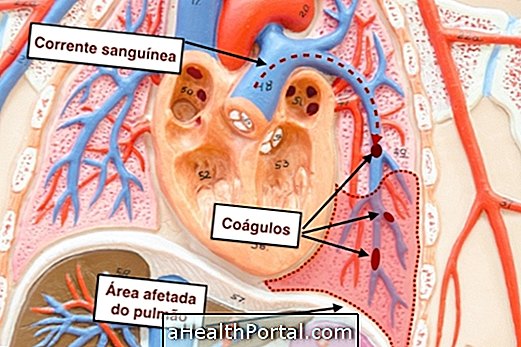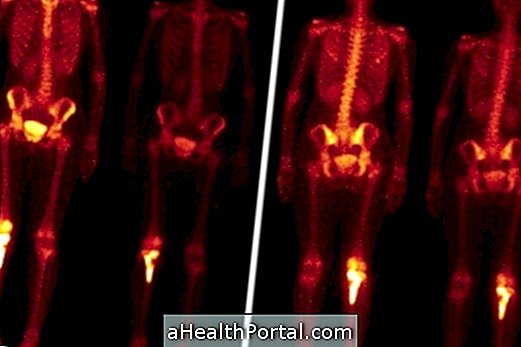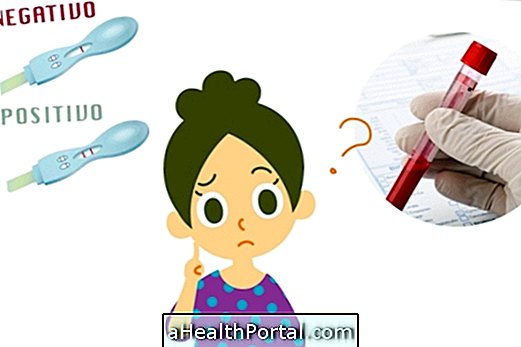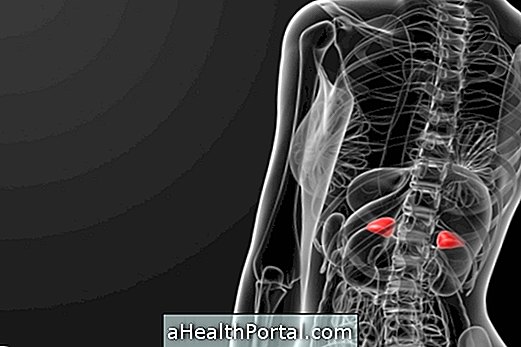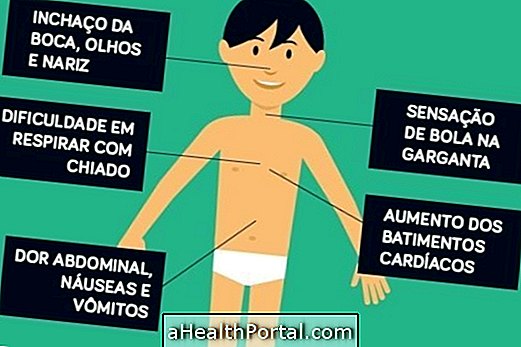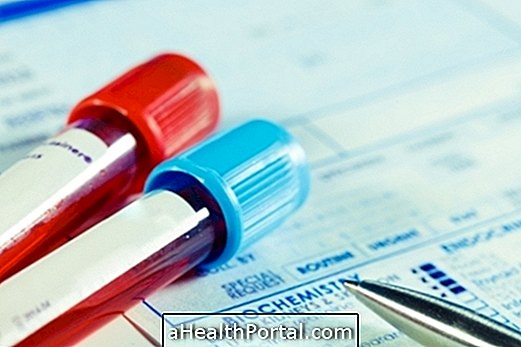Usually the presence of stone in the kidneys causes crises with symptoms of intense pain in the lower back, pain when urinating, blood in the urine and, in more severe cases, fever and vomiting. See the other more common symptoms of kidney stone.
If you think you may have a kidney stone crisis, select your symptoms to know what your chances are:
- 1. Severe pain in the lower back, which may limit movement Yes No
- 2. Pain radiating from the back to the groin Yes No
- 3. Pain when urinating Yes No
- 4. Pink, red or brown urine Yes No
- 5. Frequent urge to urinate Yes No
- 6. Nausea or vomiting Yes No
- 7. Fever above 38º C Yes No
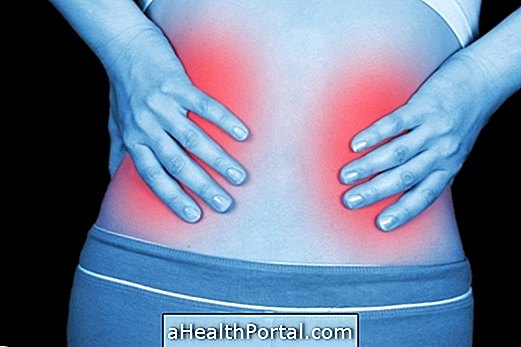
However, to confirm the presence of kidney stones, a clinical evaluation of the symptoms should be done with the urologist and additional tests such as ultrasound, X-ray and blood test.
Tests to detect kidney stone
In addition to identifying the symptoms, to confirm the diagnosis one must do one or more of the following tests:
1. Blood test
It is used to assess whether the kidneys are functioning properly from such parameters as uric acid, calcium, urea and creatinine. Altered amounts of these substances may indicate problems in the kidneys or other organs of the body, and the cause of the changes should be evaluated by the physician.
Learn about the key changes in the blood test and what they mean.
2. Urine test
Urine should be collected for 24 hours to assess whether the body is eliminating many substances that promote stone formation, whether there are micro-organisms causing infections or if there are small pieces of stones. See how urine collection should be.

3. X-ray
It evaluates the presence of changes in the kidneys from an X-ray taken at the time of these organs, which are located in the back.
4. Ultrasound of the kidneys
In addition to identifying the presence of stones, during the examination the doctor can identify the amount and size of the stones, and if there is inflammation in any organ of the body.
5. Computed Tomography
This examination records several photographs of the body at different angles, making it easier to identify stones, even if they are present in a very small size.
How to identify stone type
The type can only be determined from the evaluation of a stone expelled. Thus, during a crisis, one must be careful to see if any stone is eliminated along with the urine, and take it to the doctor for it to be analyzed, as the treatment varies according to each type. Here's how feeding should be according to each type and what other options to treat kidney stone.
